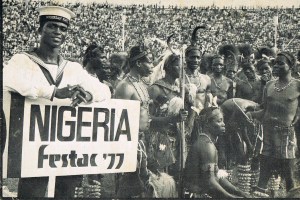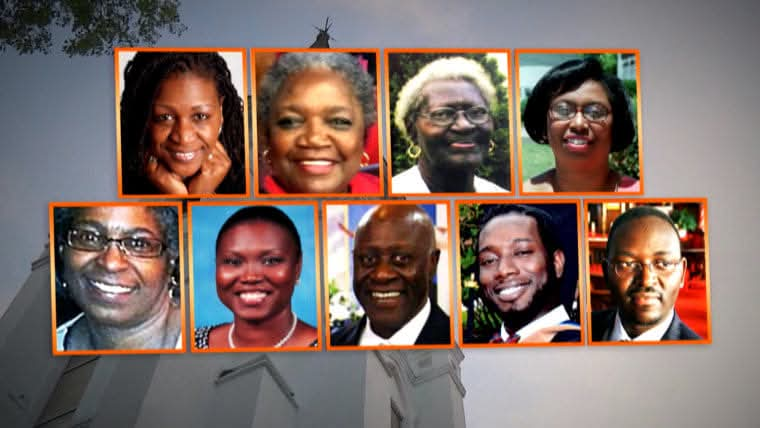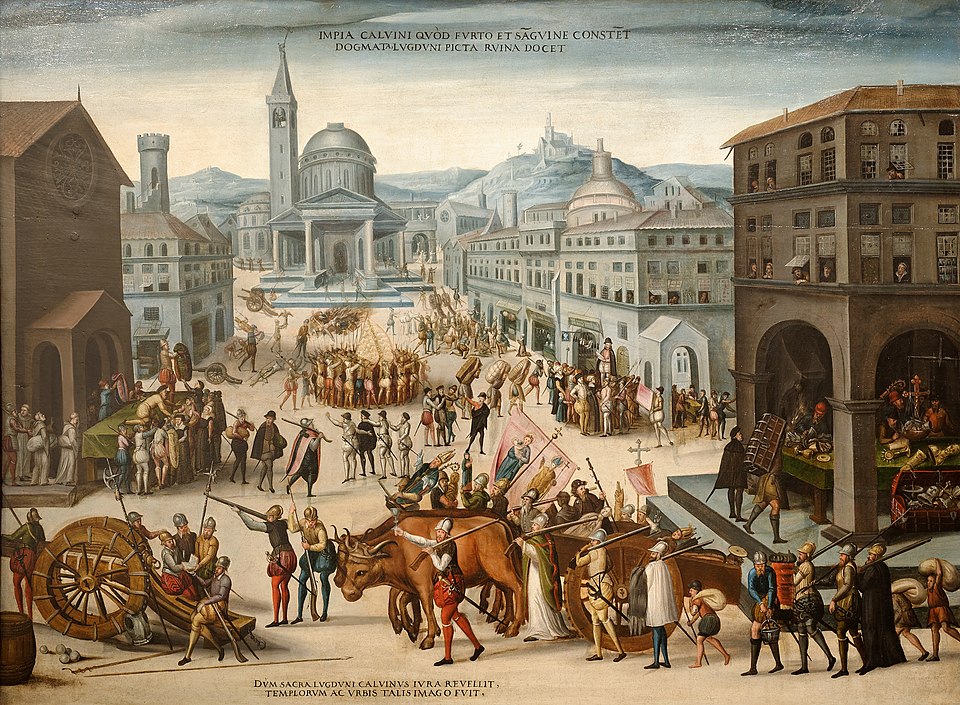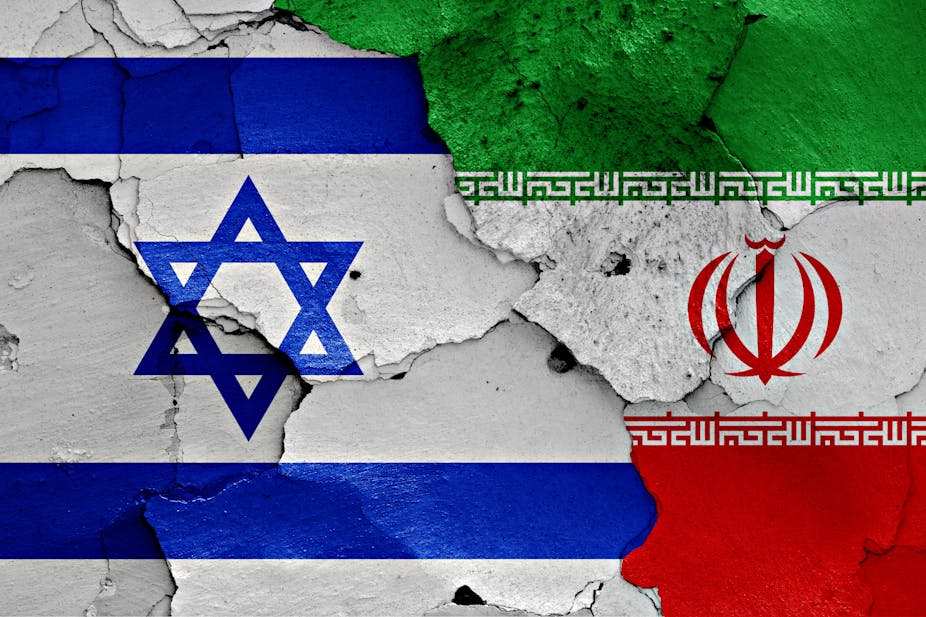FESTAC: The Genesis, Purpose of the Second World Black and African Festival of Arts and Culture

Did you know that Nigeria was the third to host the Second World Black and African Festival of Arts and Culture (FESTAC), after the first edition held in Dakar, Senegal in 1966, and the second edition in Algiers, Algeria in July 1969?
The inspiration for convening Second World Black and African Festival of Arts and Culture (FESTAC) can be traced to the development of ideas on Négritude and Pan-Africanism. In the 1940s, Aimé Césaire and Léopold Sédar Senghor, inspired by the Pan-Africanism of W. E. B. Du Bois and Alain Locke's concept of the New Negro, started a journal and publishing house in Paris called Présence Africaine; both Césaire and Senghor were also members of the Société africaine de culture.
Présence Africaine and the Society of African Culture were facilitators of two congresses, one in 1956 and the other in 1959. The forums were convened with the intention of promoting black culture and civilisation. The first congress held was the Conference of Black Writers in Paris and the second was a black writers forum in Rome.
Attendees of the forums included writers of African and Afro-descendant heritage such as Alioune Diop, Cheikh Anta Diop, Léopold Senghor, and Jacques Rabemananjara, Richard Wright, Césaire, George Lamming, Horace Mann Bond, Jacques Alexis, John Davis, William Fontaine, Jean Price Mars, James Baldwin, Chester Himes, Mercer Cook and Frantz Fanon. Members of both forums were engaged with discussing ideas about the resurgence of African culture and the convocation of a festival of arts.
In 1966, with leadership provided by Senghor and subsidies from outside, notably France, and UNESCO, the First World Festival of Black Arts was held in Dakar, Senegal, 1–24 April 1966. At the end of the first festival, Nigeria was invited to host the festival in 1970 so as to promote a continuation of black unity through cultural festivals. The host nation would be responsible for providing the necessary infrastructure and facilities for a successful staging of the festival. However, a Civil War and changes in government led to the postponing of the festival to 1977.
Preparation for the festival began in Lagos, Nigeria, on 3 October 1972, when the International Festival Committee met for the first time and decided that the festival would be held in November 1974. The name of the festival was changed from "World Black Festival of Arts and Culture" to "Second World Black and African Festival of Arts and Culture" so as to accommodate the realities of African unity. The date was further changed to November 1975.
The organizers divided countries into 16 geographical zones, each zones having a committee made up of representatives of peoples of African descent; the chairman of each zone would become a member of the International Festival Committee. The committee acted as the administrative arm of the Festival. The desire to improve on the Dakar festival led to Nigeria's intention to create an extravagant show fueled by new-found oil money. When a new regime replaced the Gowon administration, the date for the festival was thus changed to 1977.
To generate publicity for the festival, the international committee advised the zones to encourage preliminary festivals. Some mini-festivals did take place, such as Carifesta hosted by Guyana, the Commonwealth Festival in London, Ghana's national exhibition of arts and crafts and Nigeria's Nafest.
Festac '77 held in Lagos, Nigeria, from 15 January 1977 to 12 February 1977, that celebrated African culture as well as showcased African music, fine art, literature, drama, dance and religion to the world. Around 16,000 participants, representing 56 African nations and countries of the African Diaspora, performed at the event. Artists who performed at the festival included Stevie Wonder from United States, Gilberto Gil from Brazil, Bembeya Jazz National from Guinea, Mighty Sparrow from Trinidad and Tobago, Les Ballets Africains, South African artist Miriam Makeba, and Franco Luambo Makiadi.
At the time it was held, it was the largest pan-African gathering to ever take place. The event attracted around 500,000 spectators, and the official emblem the festival was a replica royal ivory mask crafted by Erhabor Emokpae of Benin. The 15th-century Benin ivory mask was last worn by Ovonramwen, a Benin king dethroned in 1897 by the Consul General of the Niger Coast Protectorate, Ralph Moor.
The hosting of the festival led to the establishment of the Nigerian National Council of Arts and Culture, Festac Village and the National Theatre, Iganmu in Lagos. A majority of the events were held in four main venues: the National Theatre, National Stadium, Surulere, Lagos City Hall and Tafawa Balewa Square.
FESTAC aims to ensure the revival, resurgence, propagation and promotion of Black and African culture and black and African cultural values and civilization; as well as to present black and African culture in its highest and widest conception. Other aims include: to bring to light the diverse contributions of black and African peoples to the universal currents of thought and arts; to promote black and African artists, performers and writers and facilitate their world acceptance and their access to world outlets; to promote better international and interracial understanding; and to facilitate a periodic return to origin in Africa by black artists, writers and performers uprooted to other continents.
SOURCE: Wikipedia
#penglobalhistory #FESTAC



